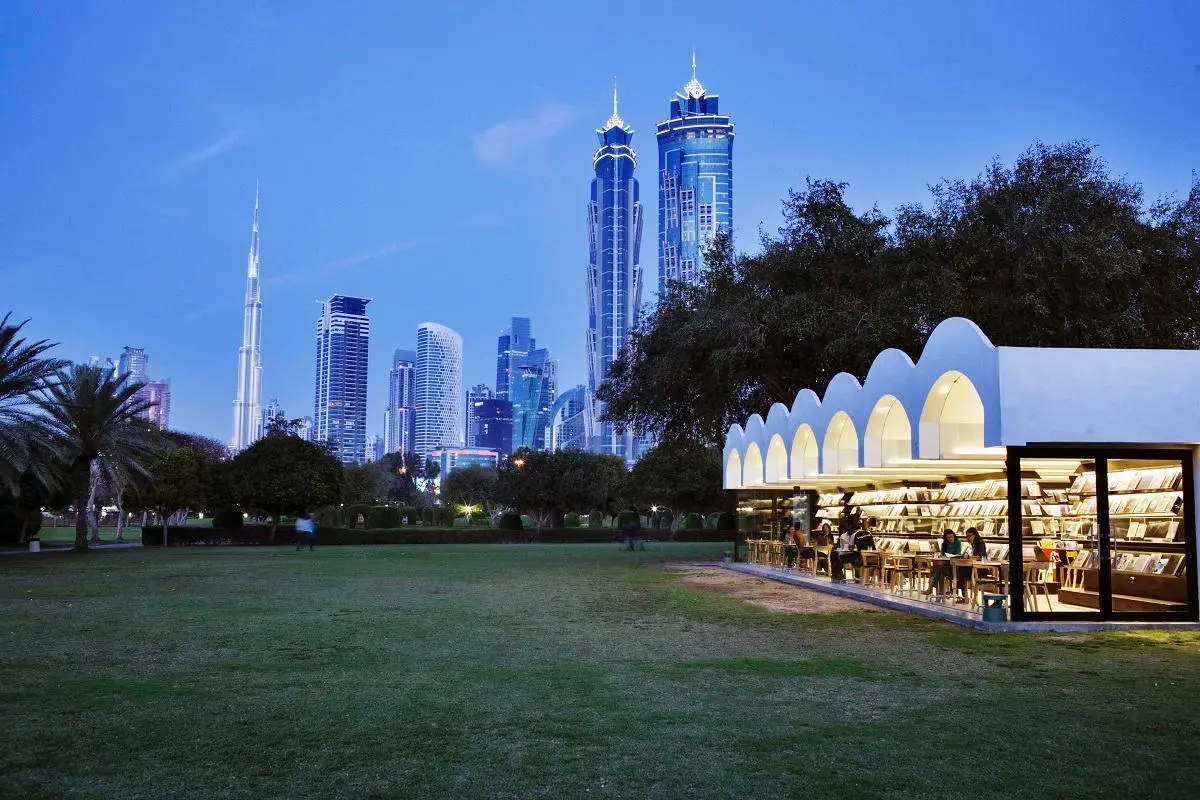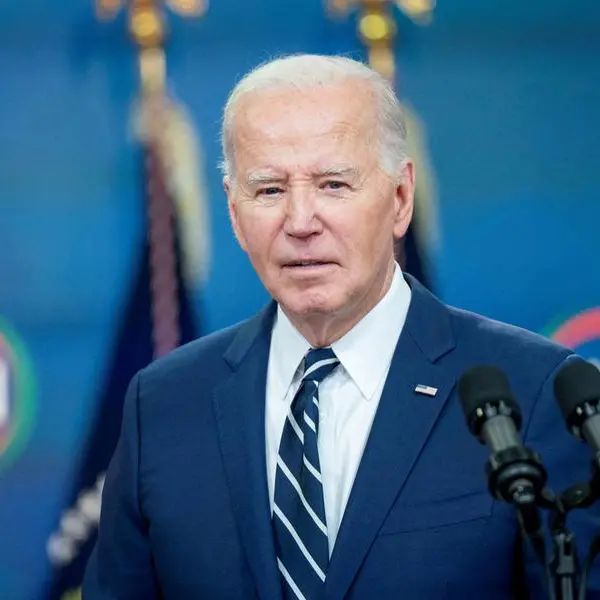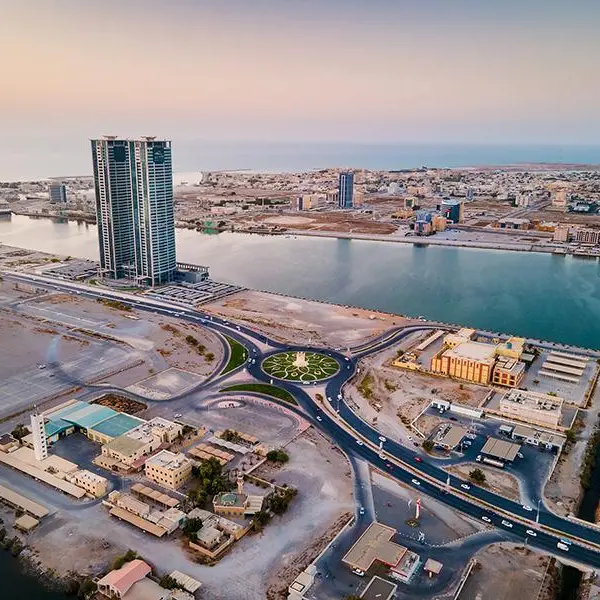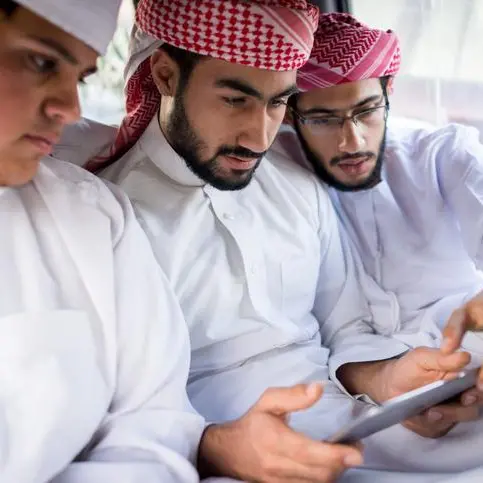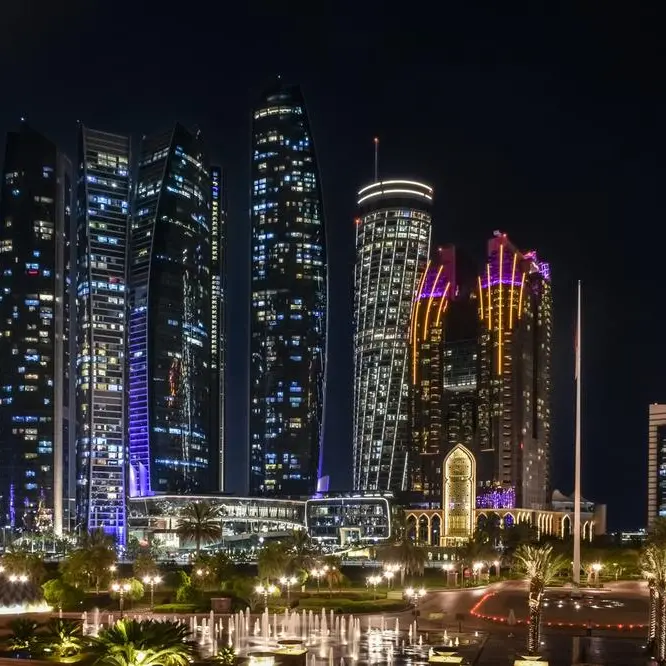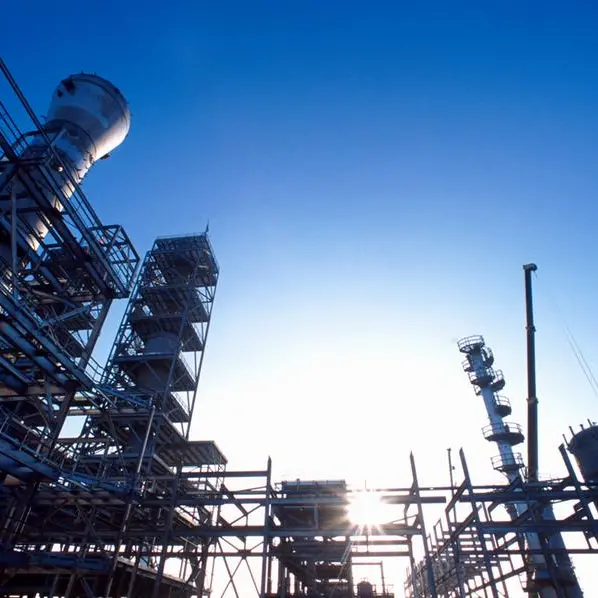PHOTO
A challenging macroeconomic climate, the absence of data on cost savings, and a lack of significant incentives for private sector developers to invest in making their projects more energy efficient are just a few of the barriers to building sustainable developments in the United Arab Emirates (UAE) and wider Middle East region, an expert has said.
A study by design, engineering and project management consultancy Atkins said three out of five of the firm’s experts – 61 percent – believe that all buildings in the region will be will be environmentally-friendly and sustainable within the next 50 years.
The report, titled ‘The future of the Middle East built environment’, was released last month and polled 126 Atkins employees.
However, several challenges need to be overcome to see this prediction become a reality, according to Atkins Middle East and Africa’s head of digital disruption, Marc Durand.
“There is definitely a commitment from everybody... stakeholders, owners and designers... we see a really strong commitment on natural energy consumption, so we see a lot of solar panels being placed, and the city (Dubai) is becoming more sustainable,” Durand told Thomson Reuters Projects in an interview last month.
“The problem we are facing is that it takes a little bit of time and the economy lately is really quite tight to be able to adventure on to sustainable, new technologies.”
Goals and initiatives to improve environmental sustainability play a starring role in national agendas such as UAE Vision 2021, Abu Dhabi Environment Vision 2030, Dubai Plan 2021 and Dubai’s Clean Energy Strategy 2050.
But while public sector strategies point out the way to achieve a more sustainable future, encouraging private sector developers to spend a little extra to build sustainably is a different –even more so when it comes to retrofitting existing properties.
Big barrier: Who pays?
“I think that the biggest challenge we have is on existing facilities,” Durand said.
“We have to realise that a lot of projects are already built and we have to be conscious that these buildings, based on the old construction model, are not necessarily energy-performing properly.”
Per-capita electricity consumption in the United Arab Emirates (UAE) is amongst the highest in the world, fuelled by population growth, rising economic activity and high consumption rates, encouraged by power subsidies.
Efficient cooling
For example, Durand said, energy consumed by air conditioning is one aspect where several projects could be more efficient.
“If you’re in Dubai for long enough, you see that air conditioning is not always the best,” he said. “So we’re over-consuming energy to cool down because the materials weren’t used properly at the early stage (of the project). So we have to realise what can be done.”
On the other hand, Durand added, clients genuinely want to have “the best energy consumption performance”.
“But they are also careful on the investment, because there is no clear return on investment done yet to prove that by choosing the right material, you would save 20 percent, for example,” he explained.
“So when we tell them you have to spend a higher amount of money to build a better-performing building and we tell them you should be saving in the future, a lot of them don’t really care enough yet and they want a quick sell because the market is competitive.”
Similar to the global Leadership in Energy and Environmental Design (LEED) green building certification, the emirates have also introduced various local green building rating systems such as the Pearl rating system developed by the Abu Dhabi Urban Planning Council, and the Al Safat rating system developed by Dubai Municipality. However, Durand said he believes the implementation may not have been “pushed enough”.
“We see clients just going on the edge saying we need the requirement, but we never try to overdo it either, because at the end it costs a lot,” he said.
Eng. Khalid Mohammed Saleh Al Mulla, Director of Buildings Department at Dubai Municipality, told Thomson Reuters Projects last year that more than 1,433 green building projects have been completed after the introduction of the green building regulations in the emirate in 2010. He added, however, that a different programme was required to tackle the efficiency of the more than 100,000 buildings in Dubai that were constructed before 2001.
Talking buildings
The Atkins report said technological innovations most likely to be part of future properties are smart technology, designs inspired by the natural world and commonplace living walls and rooftop gardens.
Nearly half of Atkins’ experts – 44 percent – said they expect to see “more uniquely designed buildings”.
“I think a lot of improvement will come in the coming years based on the energy performance and recycling energy,” Durand said.
He explained: “I see that through the Internet of Things (IoT) side, where IoT will enable us to utilise the environment and facilitate better energy performance consumption. For example, if you take an air conditioning system and an IoT system that will manage your blinders, at some point your apartment would think, you know what, the sun is really high outside, let’s blast less air conditioning and close the curtains, which a human being may not think of.”
The city of Dubai is home to global landmarks and famous for its uniquely designed structures, but Durand said Atkins’ prediction referred to “smarter buildings”.
“The unique side of it is becoming almost an entity by itself,” he said. “So buildings will start to speak to each other but also become their own kind of person at some point and that’s where the uniqueness will take place.”
Such communication between buildings in turn could then drive energy performance as an ecosystem.
“We have a full park of assets but they consume different energy, they were all built by different contractors, they look the same but they don’t act the same. One of the things we are looking at is to put more and more sensors to facilitate (communication), to try to see where we could have a big gain on energy consumption, that’s the way to go.”
The challenge however, is still investment.
“The biggest question is who pays for that?” Durand reiterated.
The Dubai Supreme Council of Energy said in a statement last year that 85 percent of Dubai’s Energy Intensity Mapping has been completed as part of a project aimed at using building and energy consumption data to monitor consumption levels and find methods to limit the emirate’s high levels of energy use.
Thomson Reuters Projects last month reported that Dubai is considering an energy labeling scheme for existing buildings in the emirate that will rate buildings based on their actual energy consumption, as opposed to projections based on building designs or specifications. It also reported that Dubai’s official Rental Index will be updated next year, with new rental bands based on additional factors including building quality however, it is not yet clear whether energy consumption will be considered.
For more data, analytics, tools and news on projects in the Middle East visit the Thomson Reuters Projects portal
© ZAWYA 2017
A study by design, engineering and project management consultancy Atkins said three out of five of the firm’s experts – 61 percent – believe that all buildings in the region will be will be environmentally-friendly and sustainable within the next 50 years.
The report, titled ‘The future of the Middle East built environment’, was released last month and polled 126 Atkins employees.
However, several challenges need to be overcome to see this prediction become a reality, according to Atkins Middle East and Africa’s head of digital disruption, Marc Durand.
“There is definitely a commitment from everybody... stakeholders, owners and designers... we see a really strong commitment on natural energy consumption, so we see a lot of solar panels being placed, and the city (Dubai) is becoming more sustainable,” Durand told Thomson Reuters Projects in an interview last month.
“The problem we are facing is that it takes a little bit of time and the economy lately is really quite tight to be able to adventure on to sustainable, new technologies.”
Goals and initiatives to improve environmental sustainability play a starring role in national agendas such as UAE Vision 2021, Abu Dhabi Environment Vision 2030, Dubai Plan 2021 and Dubai’s Clean Energy Strategy 2050.
But while public sector strategies point out the way to achieve a more sustainable future, encouraging private sector developers to spend a little extra to build sustainably is a different –even more so when it comes to retrofitting existing properties.
Big barrier: Who pays?
“I think that the biggest challenge we have is on existing facilities,” Durand said.
“We have to realise that a lot of projects are already built and we have to be conscious that these buildings, based on the old construction model, are not necessarily energy-performing properly.”
Per-capita electricity consumption in the United Arab Emirates (UAE) is amongst the highest in the world, fuelled by population growth, rising economic activity and high consumption rates, encouraged by power subsidies.
Efficient cooling
For example, Durand said, energy consumed by air conditioning is one aspect where several projects could be more efficient.
“If you’re in Dubai for long enough, you see that air conditioning is not always the best,” he said. “So we’re over-consuming energy to cool down because the materials weren’t used properly at the early stage (of the project). So we have to realise what can be done.”
On the other hand, Durand added, clients genuinely want to have “the best energy consumption performance”.
“But they are also careful on the investment, because there is no clear return on investment done yet to prove that by choosing the right material, you would save 20 percent, for example,” he explained.
“So when we tell them you have to spend a higher amount of money to build a better-performing building and we tell them you should be saving in the future, a lot of them don’t really care enough yet and they want a quick sell because the market is competitive.”
Similar to the global Leadership in Energy and Environmental Design (LEED) green building certification, the emirates have also introduced various local green building rating systems such as the Pearl rating system developed by the Abu Dhabi Urban Planning Council, and the Al Safat rating system developed by Dubai Municipality. However, Durand said he believes the implementation may not have been “pushed enough”.
“We see clients just going on the edge saying we need the requirement, but we never try to overdo it either, because at the end it costs a lot,” he said.
Eng. Khalid Mohammed Saleh Al Mulla, Director of Buildings Department at Dubai Municipality, told Thomson Reuters Projects last year that more than 1,433 green building projects have been completed after the introduction of the green building regulations in the emirate in 2010. He added, however, that a different programme was required to tackle the efficiency of the more than 100,000 buildings in Dubai that were constructed before 2001.
Talking buildings
The Atkins report said technological innovations most likely to be part of future properties are smart technology, designs inspired by the natural world and commonplace living walls and rooftop gardens.
Nearly half of Atkins’ experts – 44 percent – said they expect to see “more uniquely designed buildings”.
“I think a lot of improvement will come in the coming years based on the energy performance and recycling energy,” Durand said.
He explained: “I see that through the Internet of Things (IoT) side, where IoT will enable us to utilise the environment and facilitate better energy performance consumption. For example, if you take an air conditioning system and an IoT system that will manage your blinders, at some point your apartment would think, you know what, the sun is really high outside, let’s blast less air conditioning and close the curtains, which a human being may not think of.”
The city of Dubai is home to global landmarks and famous for its uniquely designed structures, but Durand said Atkins’ prediction referred to “smarter buildings”.
“The unique side of it is becoming almost an entity by itself,” he said. “So buildings will start to speak to each other but also become their own kind of person at some point and that’s where the uniqueness will take place.”
Such communication between buildings in turn could then drive energy performance as an ecosystem.
“We have a full park of assets but they consume different energy, they were all built by different contractors, they look the same but they don’t act the same. One of the things we are looking at is to put more and more sensors to facilitate (communication), to try to see where we could have a big gain on energy consumption, that’s the way to go.”
The challenge however, is still investment.
“The biggest question is who pays for that?” Durand reiterated.
The Dubai Supreme Council of Energy said in a statement last year that 85 percent of Dubai’s Energy Intensity Mapping has been completed as part of a project aimed at using building and energy consumption data to monitor consumption levels and find methods to limit the emirate’s high levels of energy use.
Thomson Reuters Projects last month reported that Dubai is considering an energy labeling scheme for existing buildings in the emirate that will rate buildings based on their actual energy consumption, as opposed to projections based on building designs or specifications. It also reported that Dubai’s official Rental Index will be updated next year, with new rental bands based on additional factors including building quality however, it is not yet clear whether energy consumption will be considered.
For more data, analytics, tools and news on projects in the Middle East visit the Thomson Reuters Projects portal
© ZAWYA 2017
